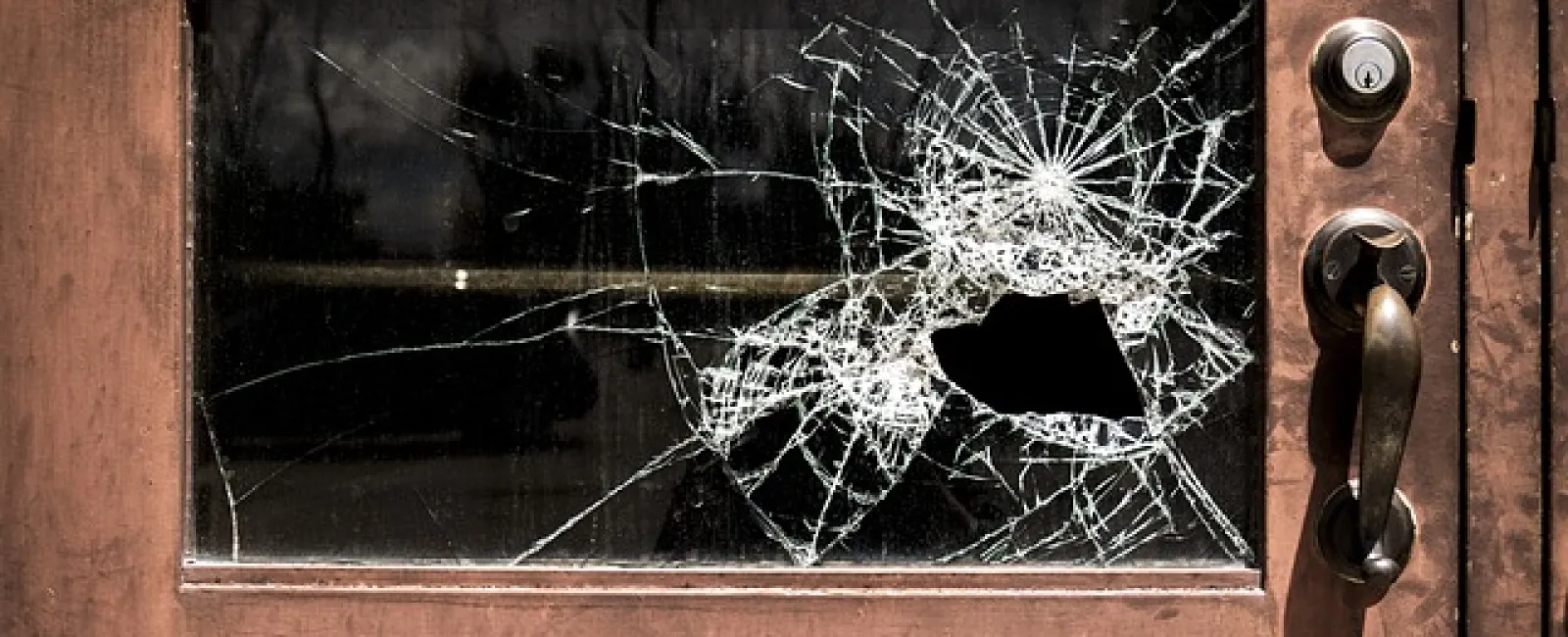Homeowners insurance typically covers two types of property after a break-in occurs:
- Real property (windows, doors, gates, etc). This property is protected under what is known as "Coverage A" and "Coverage B".
- Personal property (electronics, appliances, jewelry, etc). This property is protected under "Coverage C".
This is great news for anyone who's had their home broken into. You're covered!
Unfortunately, there's also some bad news: homeowners insurance comes with a few "gotchas" that homeowners should be aware of before filing a claim.
This article looks at the two types of coverage more closely. We'll also share some tips that a homeowner can take to further protect themselves from break-ins and a bad experience with their insurer.
---------------------
Want to protect yourself from both burglary and greedy insurance companies? Sign up for alarm monitoring through Ackerman, the only company that pays you if you're burglarized.
If you get burglarized on our watch, we'll pay you 100% of your insurance deductible and then pay you that exact same amount-in cash!
Sound good? Feel free to call 800.552.1111 for more information, or schedule a time to chat with one of our security consultants.
The Two Types of Property Covered in a Break-In
As we mentioned above, there are two types of insurance coverage pertaining to home break-ins. Coverage A and B (for real property) and Coverage C (for personal property).
Dwelling Coverage (Coverage A & B)
Coverage A, also known as dwelling coverage, insures against damage to the home. Coverage B insures against damage to other structures unattached to the home, like guest houses or detached garages.
Some items covered under dwelling coverage (both A and B) include:
- Windows and window frames
- Doors and doorframes
- Broken locks
- Garage doors
- Vandalized walls and flooring
Personal Property Coverage (Coverage C)
Coverage C, known as personal property coverage, insures against damage and theft to personal property found within the home or even outside the home in some cases.
Most homeowners insurance covers the homeowner, the homeowner's family, and any guests who have property in the house.
Common items insured under Coverage C include:
- Jewelry
- Electronics
- Clothing
- Appliances
- Fire arms
Insurance Restrictions to Watch Out For
Dwelling and personal property coverage come with restrictions that every homeowner should know about, including:
Coverage Limits
Homeowner's insurance policies come with coverage limits, i.e. the maximum amount the insurer will pay out in the event of damaged property. These limits are often based on a percentage of your home's value (which can be increased upon request).
Importantly, the coverage limits for your dwelling (under coverage A) are different than the limits to your personal property (coverage C). For example, if a thief broke your window and stole some jewelry, your homeowners insurance would cover both under different coverage limits.
Some differences between dwelling and personal property do apply to the standard insurance policy:
- Dwelling coverage limits are usually high enough that you're unlikely to hit them from a break-in alone.
- Personal property limits are often set as a percentage of your dwelling coverage. According to the Insurance Information Institute (III), that percentage amounts to about 50% to 70% of the amount of insurance you have on your home.
- Some types of personal property, such as jewelry and cash, have much lower limits. The III notes that jewelry coverage is capped between $1,000 to $2,000 on average.
Depreciation (ACV Vs. RCV)
Your homeowners insurance will specify one of two reimbursement methods in your contract to determine what your property is worth:
- Actual Cash Value is what your damaged or stolen property is worth in today's market. When you account for depreciation, that value is often significantly less than when you bought it brand new.
- Replacement Cost Value doesn't factor depreciation into the value of your damaged or stolen property. You'll often receive the exact amount you'd need to purchase a similarly priced item in today's market.
Replacement cost value, or RCV, is clearly the best option when it comes to insuring your property.
Other Limitations
Homeowners insurance may not cover the homeowner under certain circumstances, including:
- When a burglary goes unreported past a certain number of days
- When a burglary is determined to be fraudulent
- When the personal goods were stolen from a home that was under construction
In addition to these, some personal property is never covered under a homeowner's insurance policy:
- Trailers and campers
- Vehicles
Additional Protection Against Burglaries
Three additional ways you can protect yourself from burglaries include:
- Select a higher tiered coverage
- Raise individual item sublimits
- Keep track of your goods with inventories
Change Your Insurance Package
One option that a homeowner has to increase coverage is to purchase a more expensive insurance tier or package.
This option will increase the homeowner's monthly insurance bill, but will deliver better coverage across the board (Coverage A, B, and C).
Purchasing a new insurance package may be worth it for some homeowners. But others are looking to insure specific items which are so valuable that a standard homeowner's policy won't cover them.
That's when you need a higher sublimit...
Increase Sublimits for Expensive Items
Sublimits are coverage limits for particular types of property. For example, your homeowners insurance may specify a sublimit of $2,000 for jewelry. That means you'll receive $2,000 max for stolen jewelry, even if the amount stolen is substantially higher than that.
Many different types of property are covered in this fashion, including
- Cash and securities
- Silverware
- Watercraft
- Paintings and other artistic works
The good news is you can request a sublimit increase for the type of property that needs additional coverage. Sublimit increases are a great way to protect some of your most valuable items.
Keep Property Records
The more information you provide to the police and the insurance company, the more likely you are to recover the full cost of what you lost. Keeping a property record of your most expensive items is a critical step toward coming out on top after you've been burglarized.
The best records include a mix of:
- Receipts
- Photographs
- Appraisal records
- An updated home inventory list
-------------------------------
We could all use some extra protection in the event of a burglary or break-in. That's why so many customers choose Ackerman Security, the only company that pays you if you're burglarized.
If you'd like to learn more about Ackerman's 200% money back guarantee, you can give us a call at 800.552.1111, or schedule a time to meet with one of our friendly security consultants.






